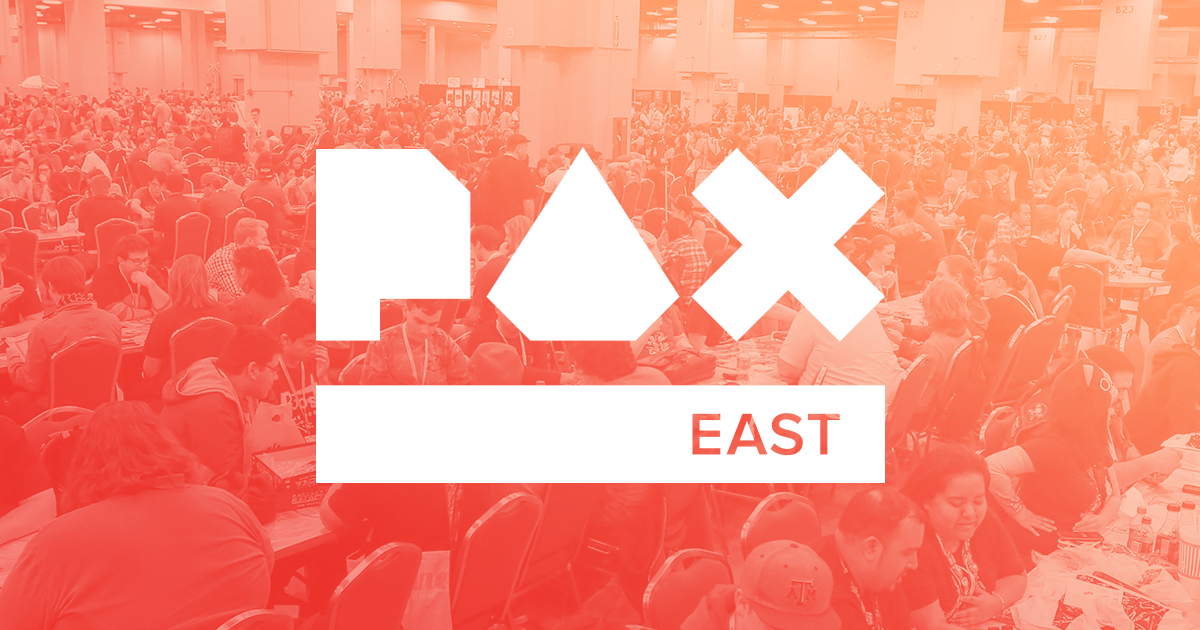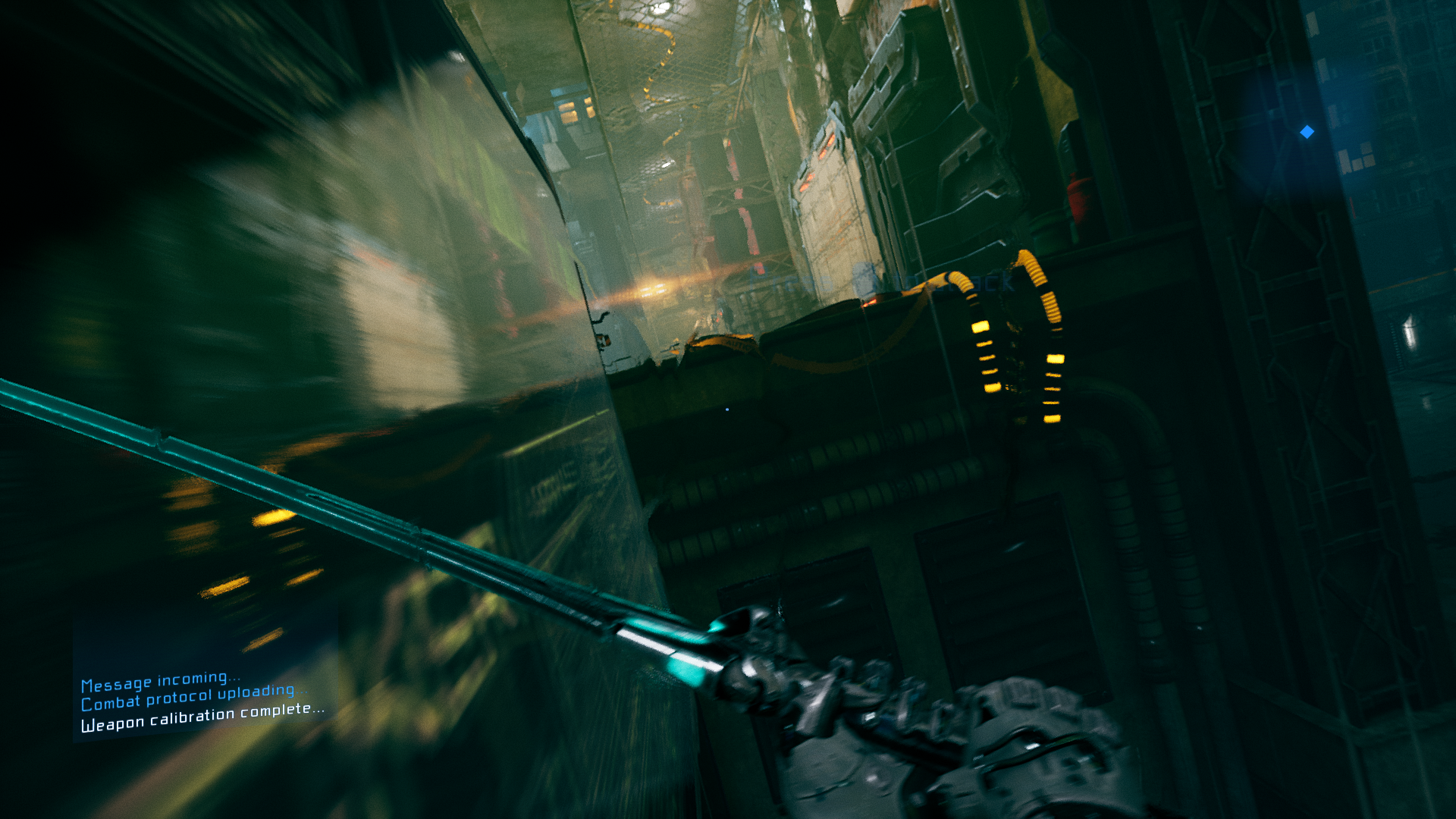
With day two of PAX East 2020 in the rearview mirror, it is time to present the standout games that I had hands-on time with. Today’s choices are quite varied, with a run and gun shoot em’ up, an RPG, a survival horror game, and a first-person platformer. As always, the showfloor is packed with weird and interesting games, and this is only a sampling of what there is to offer. If there are any consistent themes it’s that procedurally generated content, roguelikes, and Metroidvania games are all very much in right now.
If you haven’t got around to reading it yet, you can also check out the day one coverage here.
Alien Hominid Invasion

Over their sixteen-year history, The Behemoth has never released a full followup to any of their titles. That will change with Alien Hominid Invasion, a chaotic run and gun game that maintains the speed and loose genre trappings of the original title but completely redefines every other facet of the gameplay. The most important difference with the latest Alien Hominid is that being hit by a single bullet no longer means instant death. And while this inherently means that this game isn’t as directly punishing as its predecessor, it still feels like there is a satisfying degree of challenge, even on Normal difficulty. Screens are flooded with bullets, and to survive you must take advantage of the myriad movement tools at your disposal. Traversals feels quick and fluid thanks to the ability to double jump and perform a roll with a healthy number of invincibility frames. The roll has so much horizontal mobility that it lets you easily duck and weave through onslaughts of enemies, propelling you through the air as you leap between your unlucky adversaries. The tight controls match these quick-paced exchanges nicely, making for some very enticing platforming action. Additional complexity comes from the introduction of RPG mechanics, which look like they will add some satisfying looting. New weapons can be unlocked, as well as various modifiers that improve various stats or grant special abilities. While the overall structure of the experience is still somewhat ambiguous, it’s clear that the game will be made up of procedurally generated levels with sets of objectives. Optional objectives present a risk-reward dynamic that lets you gamble to get more loot by performing optional objectives. All things considered, Alien Hominid Invasion is shaping up to be a worthy successor to the game that put The Behemoth on the map.
She Dreams Elsewhere

She Dreams Elsewhere is an atmospheric turn-based role-playing game that takes inspiration from games like Earthbound and similar JRPGs. In typical genre fashion, on any given turn you have a variety of options at your disposal, including doing a basic attack, casting spells, defending yourself, using items, or unleashing a powerful special attack. Additional complexity comes from cleverly taking advantage of enemy weaknesses, as well as buffing allies and debuff enemies at appropriate times. While these mechanics were engaging in all of the typical ways that games of this type can be, She Dreams Elsewhere greatest strength is its grounded writing. Thalia and her friends have some convincing banter which immediately sold them as characters. Our protagonist finds herself trapped in a kaleidoscopic dream world populated by monsters, however, it seems that her greatest enemy is herself. In the demo’s closing moments, she finds herself snowballing in a depressive cycle, and we get a glimpse into her anxiety-riddled mind as she asserts to herself that she is a burden to her friends. A crackling grainy filter and oppressive music sell the emotions of this scene. In the small chunk of the game that I saw She Dreams Elsewhere looks to be fully engaging in the discourse surrounding mental health and is also complemented by some convincing character writing from its diverse cast.
Ghostrunner

Marrying smooth first-person parkour with the blistering intensity of games like Hotline Miami, Ghostrunner is a cyberpunk action game that embodies both style and substance. You play as a cyborg swordsman who must dance between volleys of gunfire to slice and dice your foes. Precisely navigating the environment is essential, as getting hit means immediate death. Like the games that inspired it, success requires both precise planning and near-flawless execution. When played properly, wall-running, slow-mo inducing air dashes, and downhill slides meld into a seamless stream of acrobatics, punctuated by the swift deaths of your would-be killers. Ghostrunner is a difficult game that justifies its difficulty by giving its players ample opportunity to succeed, its responsive controls and gratifying sense of momentum making for lightning-fast first-person platforming. Enemy fire is telegraphed by audio and visual cues, which when combined with the ability to slow down time during aerial dashes, means that it becomes possible to defeat your foes with only a blade and a bevy of cybernetic implants. Deaths may come fast and frequent, but the game reloads instantaneously, mitigating frustration. Ghostrunner isn’t only shaping up to be the best first-person platformer since Mirror’s Edge, it is also an exceedingly fun action game.
Saturnalia

In a quiet Sardinian village, something is going horribly awry. A small group of compatriots band together to unravel the dark truths of this island, as malicious forces snuff them out one by one. Saturnalia is a survival horror roguelike that tasks you with getting to the bottom of the unseemly happenings in this remote town. The game’s foreboding aesthetic and oppressive ambiance are immediately sold through its novel art style, creating a genuinely unnerving experience. Here twelve frame-per-second animation combines with heavy crosshatching to uncanny effect. The ultimate goal is to explore this space in search of clues, but there are monstrous entities that are constantly on the prowl. If your character is corned by these creatures, their distant screams travel to the next playable character. While in some cases you can save them from a grisly fate, once all of your characters die you lose and must start over. Still, progress carries over from run to run, and even though you lose all of your items, certain shortcuts are maintained between trials. The main penalty is that with each restart the island’s geography shifts, forcing you to rememorize a new layout. During my run, I was assaulted by a steady sense of foreboding, the knowledge that evil entities were closing in on me a constant fear in the back of my mind as I clumsily attempted to familiarize myself with my surroundings. Exploration is tense and a genuine challenge, forcing the player to quickly internalize geography and thoroughly investigate their surroundings to succeed. Resource management is also key, as matches and healing items seem essential for survival. Saturnalia is shaping up to be a frightening horror adventure game that I would love to dig into more deeply.




